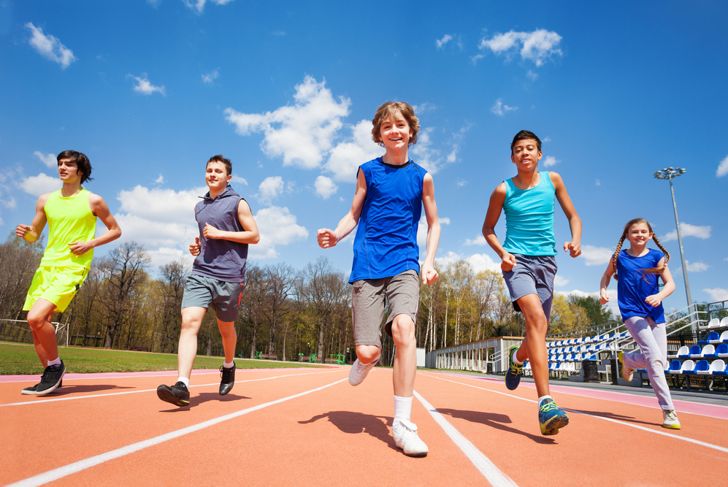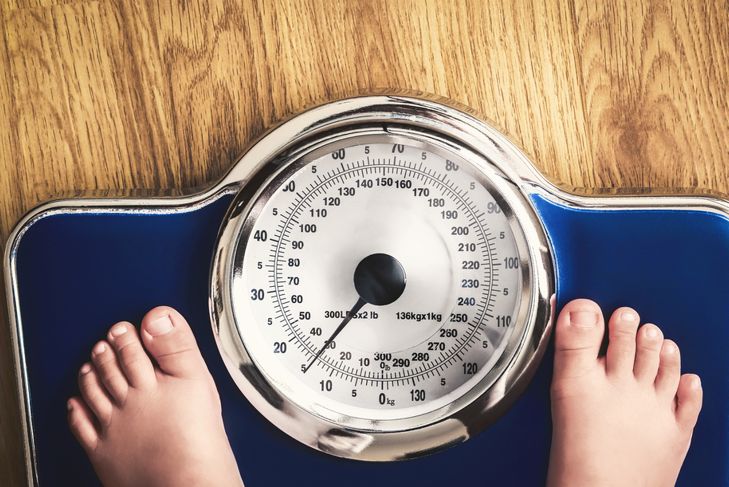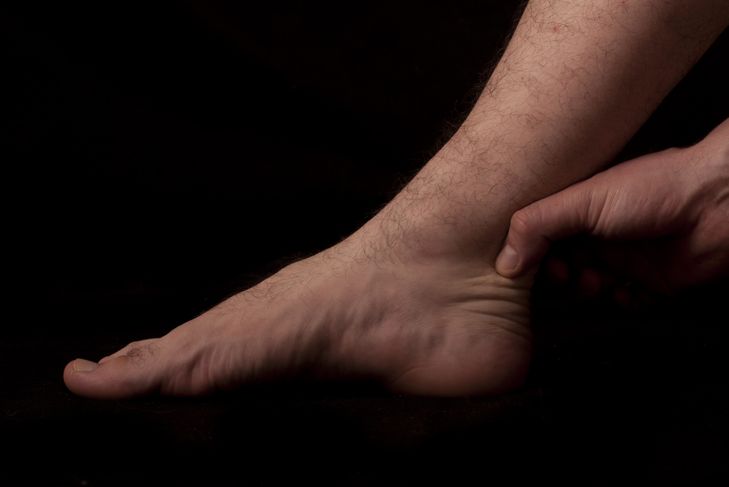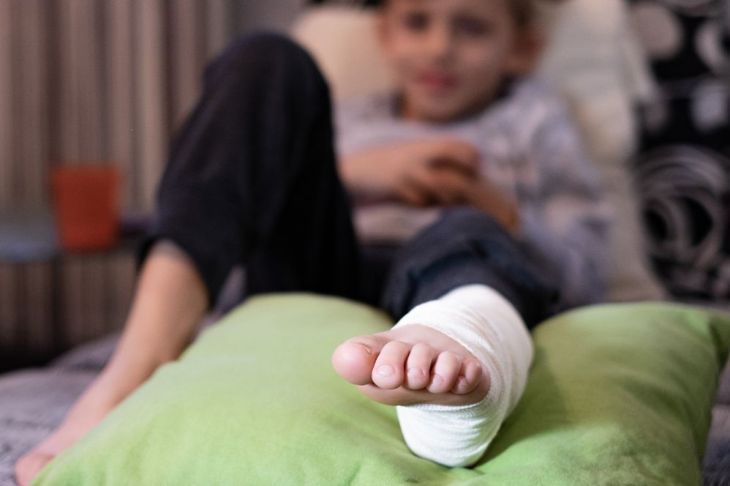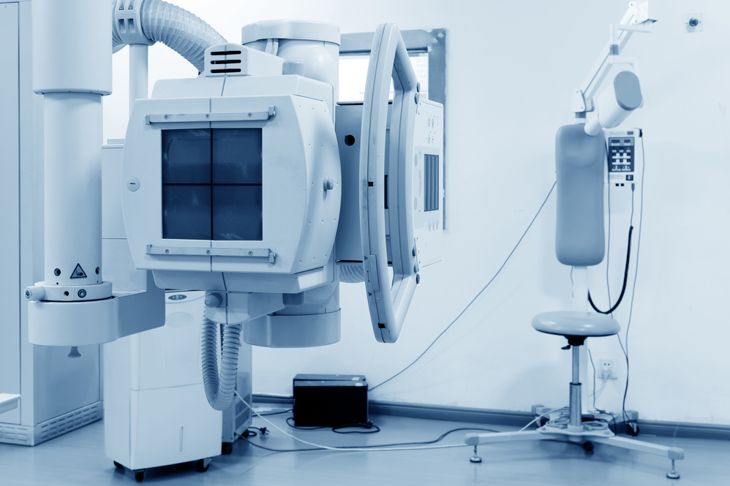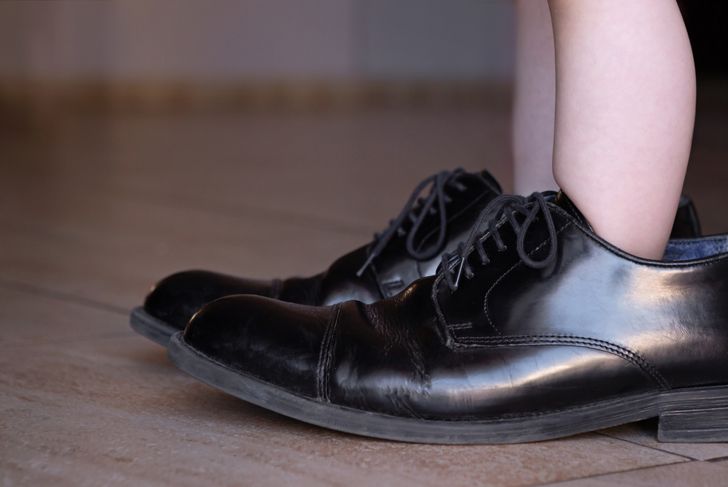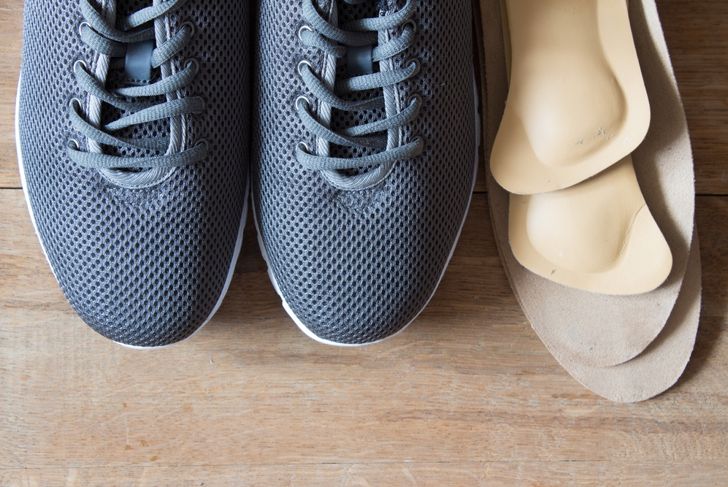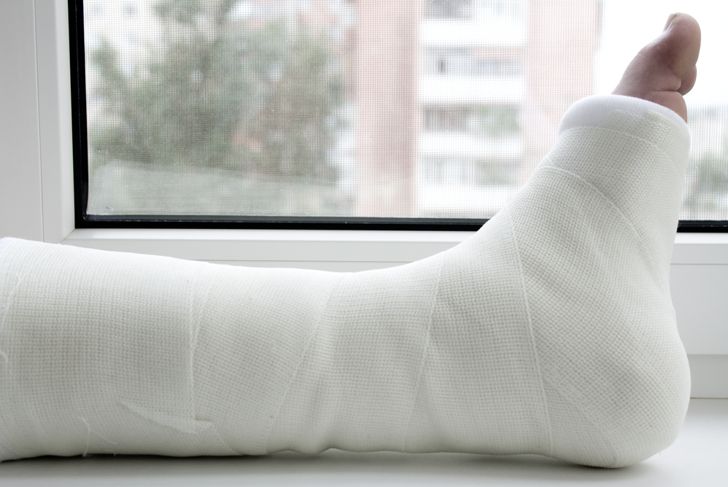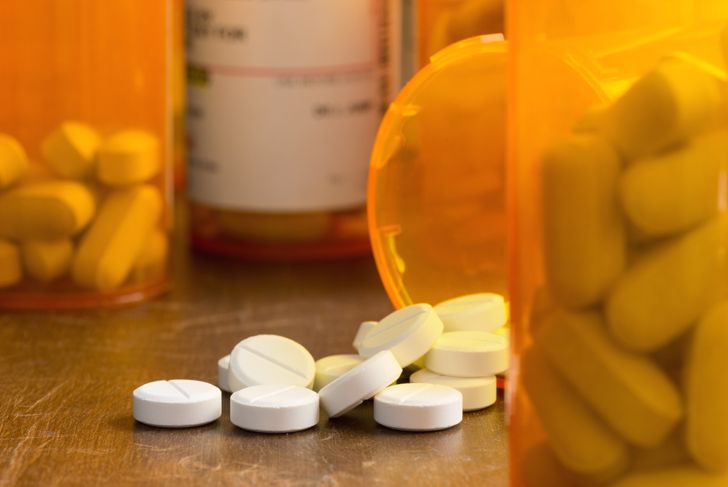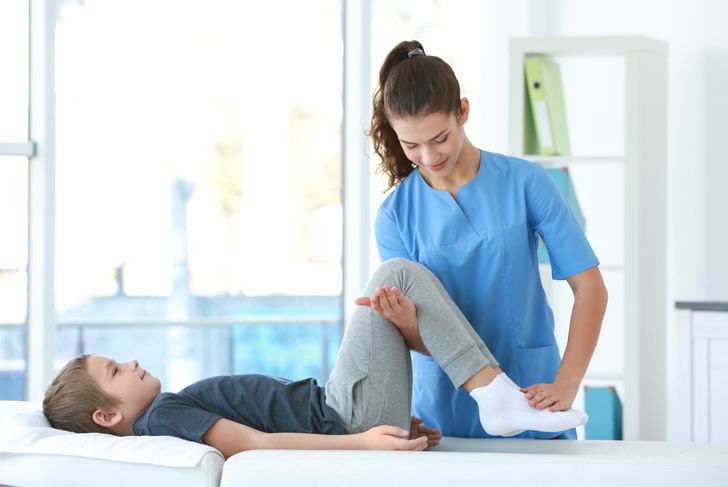Sever’s disease or calcaneal apophysitis causes pain in the heel for pre-adolescent and early adolescent children. Because the child’s heel is not yet fully developed, inflammation can occur in those who are especially active. Though the symptoms can be quite painful and medical attention may be required, in most cases, Sever’s disease does not cause lasting damage and passes quickly.
Who is most at risk?
If you look at a typical Sever’s disease patient profile, you find a boy aged between eight and fourteen who loves playing football or some other sport that requires a great deal of footwork. Girls are less likely to get this disease. Kids that do a lot of running and jumping regularly put their heels under intense pressures. Since their bodies are still developing, all of this wear and tear might lead to an inflammation of the part of the heel bone that needs to grow. Doctors call this area of the heel the growth plate.
The leading causes of the disease
While medical science argues the key causes of a wide range of diseases, but when it comes to Sever’s disease, there is a total consensus. All agree it develops due to the repeated banging of the heel against hard surfaces, as easily occurs when the child is running along an athletic track or playing a ball game. Factors that increase the chance of developing this disease include obesity and the presence of another foot ailment, for example, flat feet.
What additional factors increase the risk?
During a growth spurt, the chance that a child will get Sever’s disease increases. As the leg bone grows, the muscle of the calf and Achilles tendon expand and tug the heel bone. Contemporary lifestyles also create an environment where this disease becomes more common. For example, many kids spend their days alternating between computer sessions and other highly sedentary activities, and at the opposite extreme sports and games that put their heels under heavy pressure. Some experts feel the lack of walking, and other moderate exercise sessions exaggerate the problem.
Symptoms that gradually develop
Typically, the first sign of Sever’s disease appears as a pain at the back of the heel or right beneath the heel. When the child runs or jumps this pain increases in intensity. After a while, these kinds of activities become so painful that he or she will have to stop taking part in school sports. The diseased heel also starts to feel incredibly tender to the touch. It becomes painful to squeeze it. As the disease takes hold the heel might swell and any use of the ankle causes the kid pain.
The ways doctors recognize this disease
A physical examination and consideration of the patient’s profile are usually sufficient to make a correct diagnosis. If an active ten-year-old boy complains about a painful heel, Sever’s disease is probably going to be their problem. Usually, the doctor does not need to see an X-ray, ultrasound or to take any scans unless they have reason to suspect a more serious health issue. In any event, if this is a case of Sever’s disease an X-Ray or CT scan is no help in identifying it.
How long the disease usually lasts
In the majority of instances, Sever’s disease comes and goes in a few weeks or at most three or four months. In the rare event that it continues for a longer period, it is advisable to consult a doctor. It is important to note that the disease may return a little later. This happens because the child is still developing physically so another growth spurt might trigger it off.
The importance of wearing appropriate footwear for healing and prevention
The influence of fashion media over youngsters today encourages them to choose footwear of a certain style and name even though it may not be best for their favorite running or sports activity. Wearing improper footwear is another of the factors that increase the chance of developing this heel inflammation. In particular, very flat shoes are almost certainly going to worsen this problem. If children wear insoles and heel supports in their sporting shoes, this makes Sever’s disease less likely.
Take a break from sports
Rest for the diseased heel gets rid of Sever’s disease symptoms that much more quickly. This does not necessarily demand a total ban on taking part in games or sports but reducing involvement in these activities to allow the heel to get better. It should only take a few weeks of resting in this way before it is possible to get back to normal. It is possible, although not at all common, for a doctor to put a plaster cast around the ailing ankle. He or she only take this step when the pain is more intense than normal.
Taking painkillers
Painkillers are unnecessary in most cases since the disease does not cause so much pain that the patient cries out for relief. Often the pain is more severe when the patient wakes up in the morning, but all the same, it should remain manageable and allow the child to go to school. An unbearable pain might indicate an infection or a rarer disease. However, if the doctor believes it is merely an unusually severe case of Sever’s disease, they could prescribe ibuprofen or some other kind of anti-inflammatory medication.
Visits to the physiotherapist help
A skilled physiotherapist helps relieve the disease symptoms by performing various stretching exercises that strengthen calf muscles. In addition to these treatments, the physiotherapist is an invaluable source of advice about the best sporting footwear to wear and which sort of heel supports prevent the disease recurring.

 Home
Home Health
Health Diet & Nutrition
Diet & Nutrition Living Well
Living Well More
More